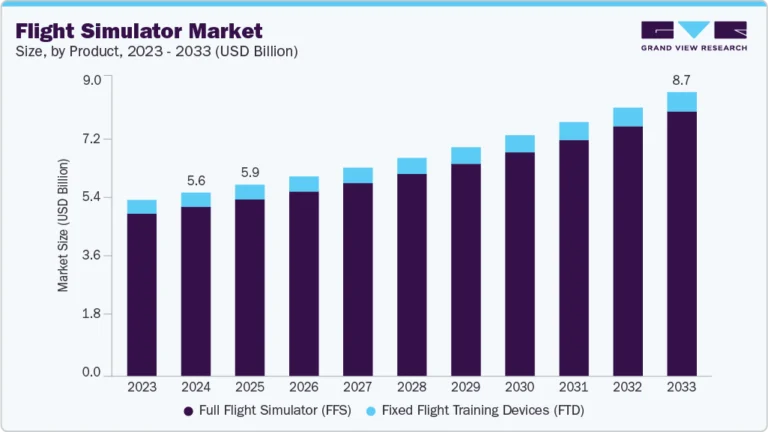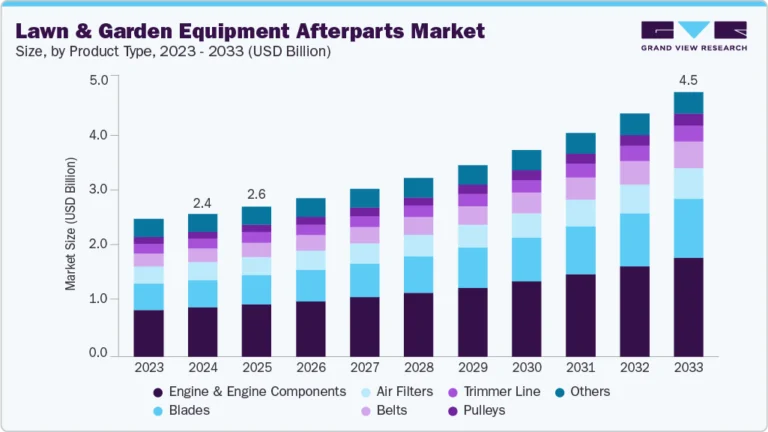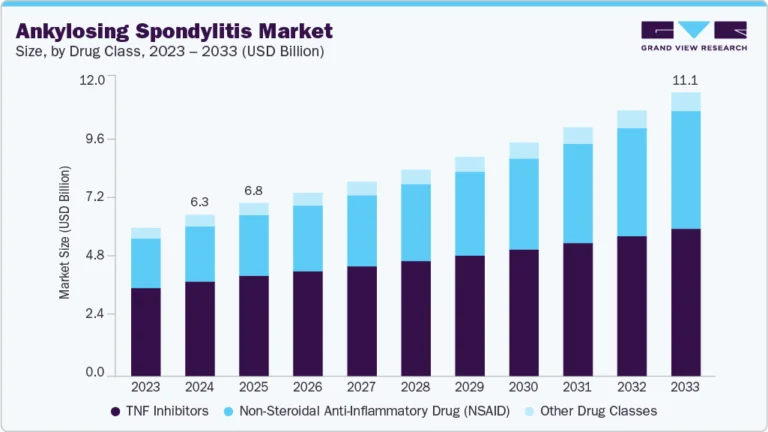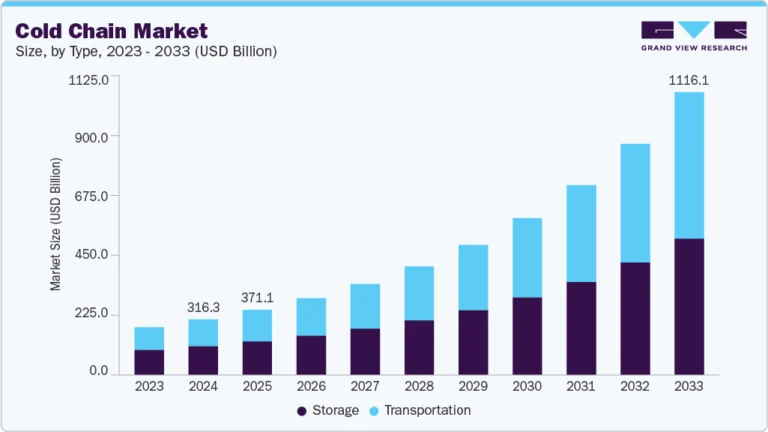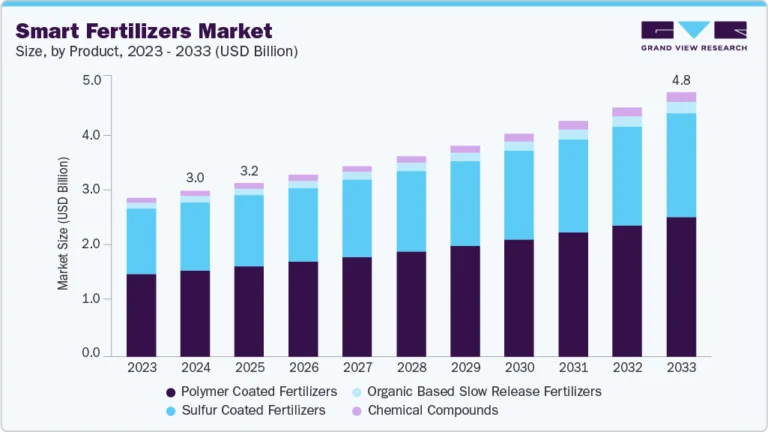Fixed Wireless Access Market Size, Share & Trend Analysis growing at a CAGR of 19.8% from 2024 to 2030
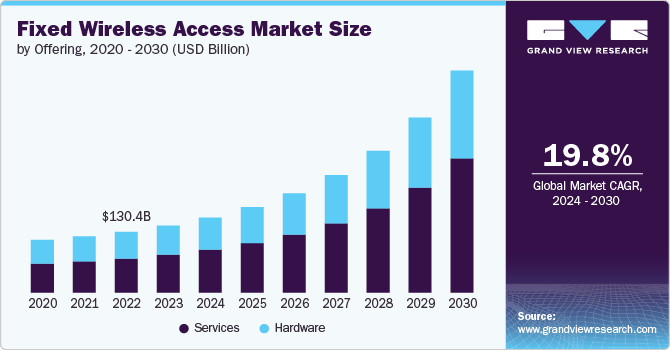
The global fixed wireless access market size was estimated at USD 143,607.0 million in 2023 and is projected to reach USD 476,338.6 million by 2030, growing at a CAGR of 19.8% from 2024 to 2030. The rapid advancement and deployment of 5G technology drives the market’s growth; unlike traditional broadband, which relies on fixed-line connections such as fiber or DSL, fixed wireless access (FWA) leverages cellular networks to deliver high-speed internet.
Key Market Trends & Insights
- In terms of region, Asia Pacific was the largest revenue generating market in 2023.
- Country-wise, Brazil is expected to register the highest CAGR from 2024 to 2030.
- In terms of segment, services accounted for a revenue of USD 81,587.0 million in 2023.
- Services is the most lucrative offering segment registering the fastest growth during the forecast period.
Market Size & Forecast
- 2023 Market Size: USD 143,607.0 Million
- 2030 Projected Market Size: USD 476,338.6 Million
- CAGR (2024-2030): 19.8%
- Asia Pacific: Largest market in 2023
Request a free sample copy or view report summary: https://www.grandviewresearch.com/industry-analysis/fixed-wireless-access-market-report/request/rs1
The rollout of 5G networks, which offer lower latency, higher bandwidth, and faster data speeds than 4G, has made FWA a viable alternative to wired broadband, particularly in areas where laying fiber-optic cables is cost-prohibitive or geographically challenging.
There is a growing demand for high-speed internet access in rural and underserved regions where traditional broadband infrastructure is inadequate or non-existent. FWA presents an attractive solution in these areas as it can be deployed more quickly and with lower capital expenditure compared to laying physical cables. The increasing need for reliable internet access for remote work, online education, streaming services, and other digital activities drives this demand.
Moreover, from an economic standpoint, FWA offers a more cost-effective solution than traditional broadband, especially in low-density or hard-to-reach areas. The reduced need for extensive physical infrastructure, such as cables and trenches, translates into lower deployment and maintenance costs. Furthermore, FWA is highly scalable, allowing service providers to expand their coverage and capacity in response to growing demand without substantial additional investment. This scalability makes FWA an attractive option for telecom operators looking to maximize their return on investment.
The evolving needs of consumers and businesses contribute to the growth of FWA. The rise of remote work, online education, and the increased reliance on digital services have highlighted the importance of reliable, high-speed internet connectivity. FWA offers a flexible and scalable solution that can quickly adapt to changing demands in urban, suburban, or rural settings. FWA provides a dependable internet connection for businesses that can support a range of operations, from small offices to large enterprises, without extensive infrastructure. This adaptability to diverse needs is a key factor in adopting FWA in the global market.


